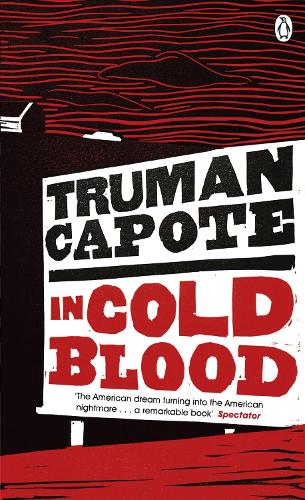The reviewer praises Capote's thorough research and development of characters. They find the book to be a masterful piece of writing.
The reviewer is highly impressed by Capote's extensive research and the depth of character development in the book. They note that Capote's writing is both authoritative and accessible, making the book a compelling read. The reviewer also highlights the book's ability to capture the horror of the events while maintaining a gripping narrative.
Quick quotes
Capote does an excellent job laying out the story, and gives the family, the murderers, and the cops an overwhelming amount of description and development.
